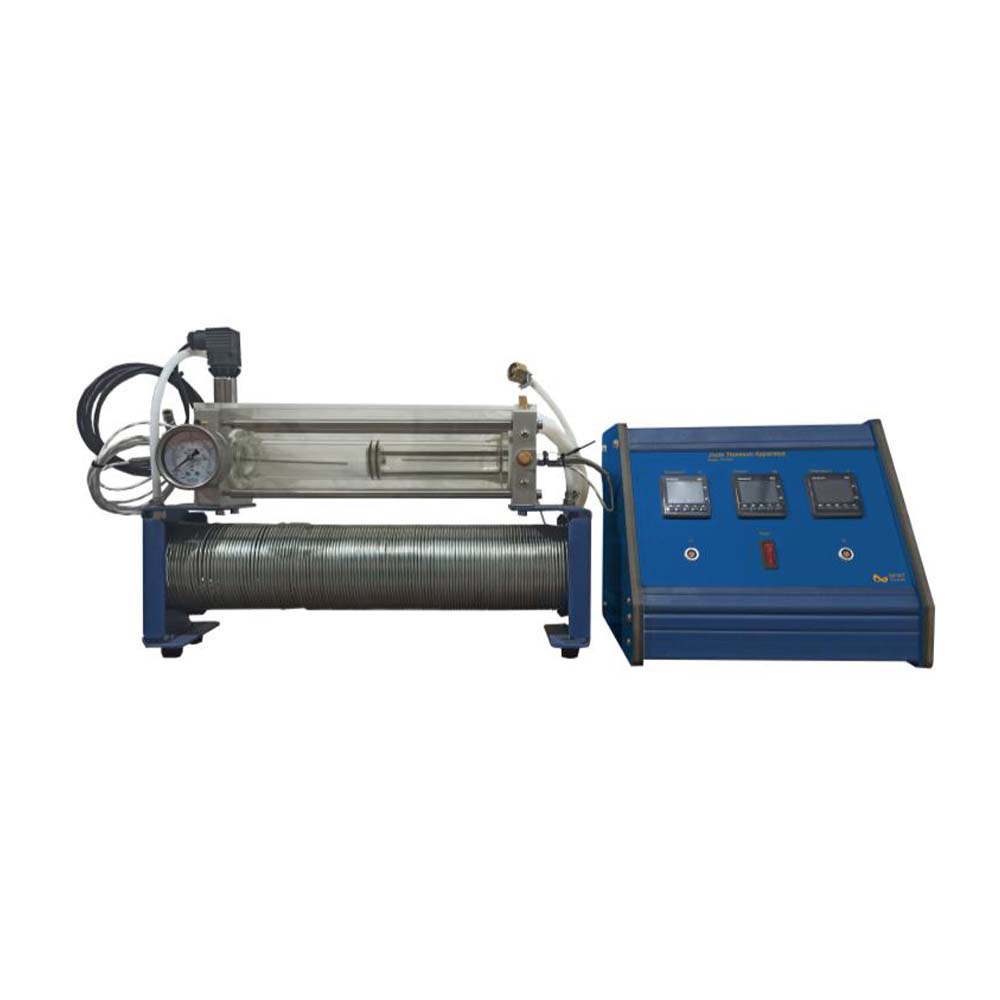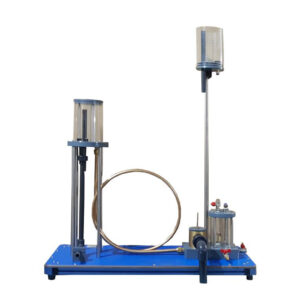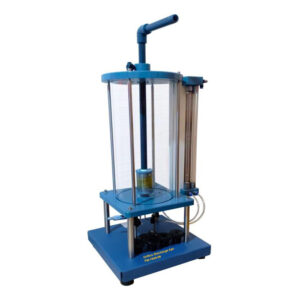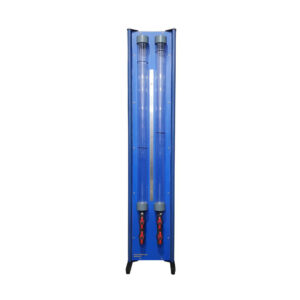The Joule-Thomson apparatus is a unit meant for demonstrations and for laboratory work and is used to determine the Joule-Thomson coefficient. The Joule Thomson apparatus is equipped with a heat exchanger. This is used to heat the gas, which has been cooled at the pressure reducing valve of the gas pressure cylinder, back to ambient temperature, and thus to system temperature. To measure the Joule-Thomson coefficient, the gas is expanded over a frit from the over pressure displayed by the manometer to ambient pressure. The glass part of the unit is enclosed in a transparent plastic case, as a protection against glass splinters. The Joule-Thomson apparatus works in an overpressure range of up to 1 bar and is basically used at room temperature. If an ideal gas expands without performing any work, it cannot cool down. A real gas, however, also cools down in this case, because in the real gas, forces act between the molecules, which is not the case in ideal gases. During expansion, work must always be performed against these forces. The gas thus cools down during expansion, if no exchange of heat can take place with the environment.
Experiments
- Determination of the Joule-Thomson coefficient of CO2.
- Determination of the Joule-Thomson coefficient of N2.
- Behavior of Real gas
- Intrinsic energy
- Gay-Lussac theory
- Throttling phenomenon
- Van der Waals equation
- Van der Waals force
- Inverse of Joule-Thomson effect
- Inversion temperature
Specifications
- Joule-Thomson apparatus (with pressure hose and 2 hose clamps)
- Fame wit pressure gauge and a spiral of copper capillary tube
- Digital temperature measuring instrument
- Plastic coated glass tube with a throttle body and two measurement points for Pt-100 temperature sensor
- Temperature measuring instrument with 0.1 °C display resolution when used in differential measuring mode:




